This story about the early days of Bronx Zoo begins with an Irish immigrant named John Mullaly, who worked as a reporter and editor in the mid-1800s for several New York City papers.
John was a big proponent of green spaces, and often wrote about the lack of such spaces in New York City. Consider that at this time, the city had only one acre of public parkland for every 1,363 inhabitants, compared to one acre for every 200 in Chicago and one acre for every 300 residents in Philadelphia.
On November 26, 1881, the 46-year-old newsman and a large group of citizens concerned with widespread urban growth met at the Fifth Avenue Hotel to form the New York Park Association. John Mullaly was named secretary, Waldo Hutchins was elected president, and Hon. Luther R. Marsh was named vice president.
The goal of the new association was to secure funding to create free public parks that would be rural and governed by as few restrictions as necessary to preserve them from abuse and destruction.
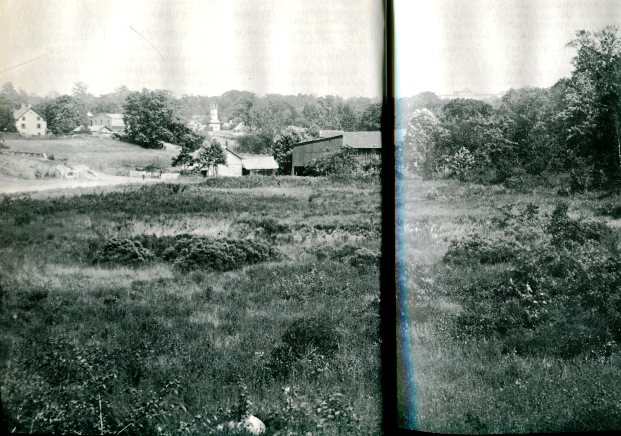
As a result of the group’s lobbying efforts, an act was passed to appoint special park commissioners to locate and select undeveloped lands for parks and parkways in the 23rd and 24th wards of the Bronx. The commissioners came back with several options, including 1,070 acres embracing the Van Cortlandt estate, 1,000 acres on the Long Island Sound, and 653 acres on the Bronx River. It was estimated that the cost of the land would be no more than $8 million.
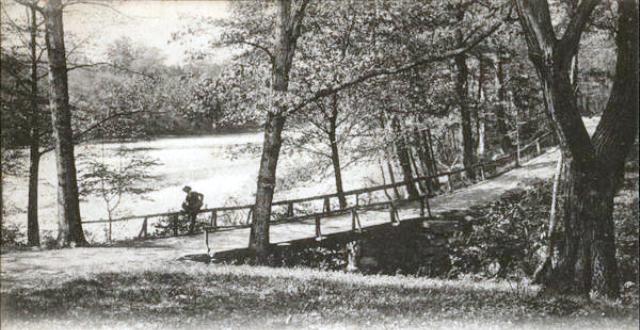
In 1884, the New York State Senate and Assembly passed the New Parks Act, which provided funds for the city to condemn these lands. Within a few years, the lands would be known as Van Cortlandt, Pelham Bay, Crotona, Claremont, and Bronx Park (later, Bronx Zoo).
So what does this have to do with iguanas?
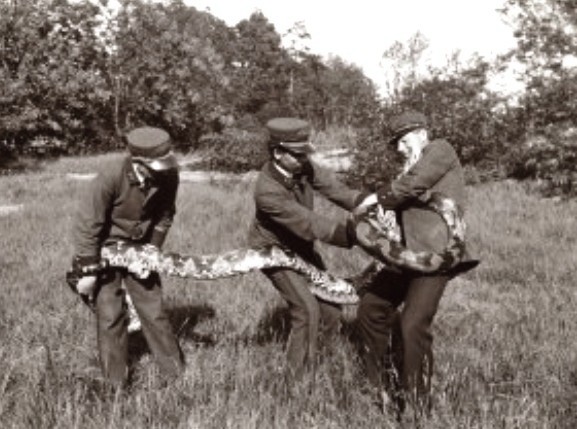
By spearheading the effort to create green space in the Bronx, John Mullaly, the father of the Bronx park system, was the first of many sparks that led to the creation of the Zoological Park at Bronx Park – today’s Bronx Zoo – where the great iguana escape took place.
Escape From Bronx Zoo
On July 20, 1890, The New York Times wrote a comprehensive visitor’s guide to the new public parks in the Bronx. Here’s what it said about Bronx Park:
“Arriving at the park, the visitor should keep well in mind the fact that he has a right to go wherever he pleases and do just what he pleases so long as ordinary park regulations are observed. He will find fences and places that look like private grounds, but there is absolutely not a foot of private ground in the park and not a fence that one is not at perfect liberty to jump over or crawl under.”
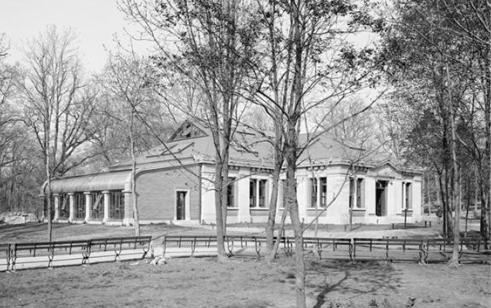
Apparently, many of the animals that have lived at the Bronx Zoo over the past 115 years have read this article, including our two iguanas from Cuba, a panther from Mexico, a python, and, of course, the cobra that escaped in 2011 and started its very own Twitter account.
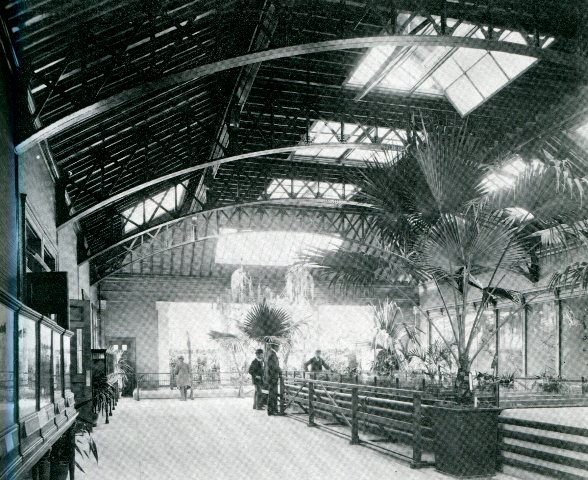
The two giant iguanas arrived at the Bronx Zoo in July 1907. Although they were each about four feet long, for some reason Keeper Charles Snyder and the other keepers at the Reptile House decided to house them in a small cage without any lid. Even though the walls of the cage were low, they didn’t think the iguanas would try to be jail dodgers.
They underestimated the reptiles. Sometime on Saturday night or early Sunday morning, the two crawled over and out, just as they were instructed to do in The New York Times article.
That Sunday, the Reptile House was very crowded with women and children. Pandemonium erupted when a little girl started to scream after seeing one of the iguanas crawling near the base of the anaconda cage.
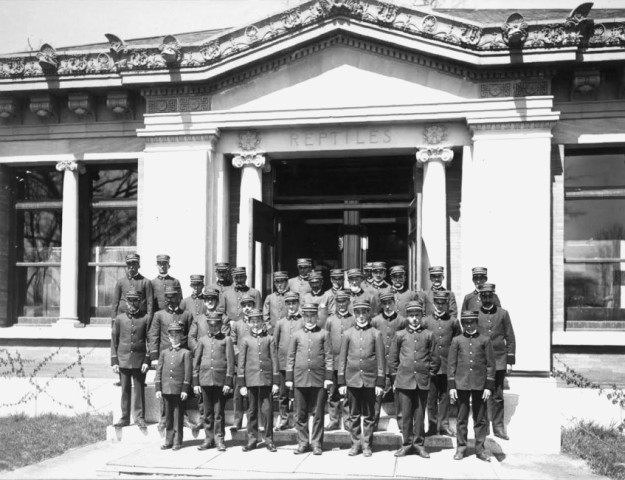
As the people all struggled to get out of the narrow door, one man scrambled over a low iron fence into the alligator cage — he jumped out as soon as he realized where he had landed.
Meanwhile, the second iguana was hovering near the rattlesnake’s cage. Keeper Snyder came running from his office at the rear of the building and started yelling, “There is nothing to fear. The reptiles are harmless!”
The one iguana responded to that comment by striking at Synder several times as he and two guards attempted to reign in the escapees. It ran past the men and out the door, causing brave men to scatter in all directions.
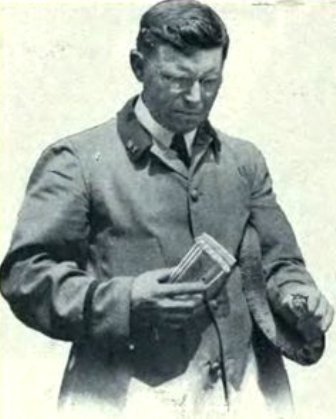
Snyder and the guards, who were armed with billy clubs, chased the iguana back into the Reptile House and shut the door. After an hour of chasing the two around the building, they were finally able to throw a burlap bag over them and put them back in the cage. They immediately called for carpenters to build a wire lid so they couldn’t get out again.
A Brief History of the Bronx Zoo
The New York Zoological Park has only to be seen to be appreciated. It is located in what was the old Lydig estate, and many thanks are due to the Lydigs for their thoughtfulness in leaving the great forest trees that add so much to its picturesqueness and beauty.
In 1896, the New York Zoological Society petitioned the city for a municipal zoo aimed at preserving native animals, promoting zoology, and educating the public. The site they chose was 261 acres in the southern section of Bronx Park. A large portion of this land – about 170 acres — had been purchased from the Lydig estate in 1888 to create the park.

The land dated back to 1680, when the town of Westchester granted William Richardson permission to erect mills near the falls on the Bronx River. The mills – three grist mills and a saw mill — then passed to Everet Byvanck, whose widow sold them to William Provoost in 1711. Provoost in turn sold them to Stephen DeLancey, whose heirs sold the property to David Lydig.
David Lydig was the grandson of Philip Lydig, a German ship’s baker who came to America in 1750 and worked as a grain merchant. The ship baker’s son, also Philip, arrived in America 10 years later and was apprenticed to a leather merchant. Philip’s son David was born in 1764.

Sometime around 1830, David Lydig purchased the DeLancey estate on the Bronx River, which included the mills and the old family homestead. He and he wife, Catherine Mesier, and their only son, Phillip Mesier Lydig, lived at the estate in summer months.
In 1845, five years after David Lydig died, the original DeLancey house and mills burned down. A year later, Philip built a cottage on a knoll overlooking the river and his own mills on the west side of the river, a short distance from the dam. The mills produced ground grist for the neighborhood and grain that was transported to New York City via sloops up the Bronx River.
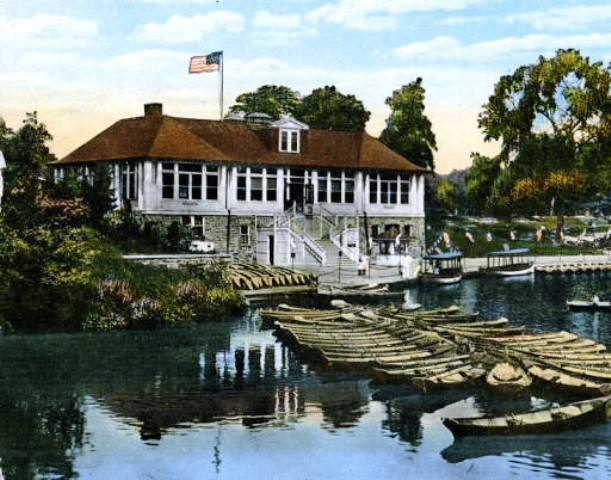
When the Lydig property was condemned for Bronx Park, the mills were torn down. However, for many years the foundations still existed, providing a beautiful view of the falls through a ruined archway.
It took a lot of cutting through bureaucratic red tape, but the New York Zoological Society finally got the go-ahead to construct the zoo. Construction began on June 1, 1898.
The Bronx Zoo (originally called the Bronx Zoological Park and the Bronx Zoological Gardens) opened its doors to the public on November 8, 1899. Under the direction of zoo director William Temple Hornaday, the zoo featured 843 animals in 22 exhibits.
Today more than 2 million visitors a year come to see the more than 6,000 animals at the Bronx Zoo. The Reptile House is still there — now called the World of Reptiles — albeit, there are no more iguanas.


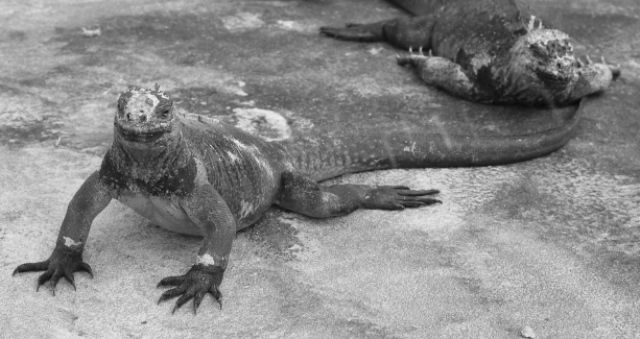


Ijquanas can be quite the scamps!
My Grand Father was the Bronx Zoo keeper. He also was the Super intendant of Buffalo Park Zoo.
I LIVED ON, BRONX PARK SOUTH .
WENT TO THE ZOO,3- 4 TIMES A WEEK FOR DECADES.
I DONT FEEL LIKE WRITING MUCH NOW.
BYE
As a native New Yorker, I began my career as a reptile keeper in the reptile house in the Bronx Zoo in 1954, under the curatorship of Dr. James A. Oliver. After a 2 year stint in the US Army -1955 -1957, I returned to the reptile dept.. Over the ensueing years I rose through the ranks to the position of Superintendent, Reptile Dept. In 1988 I assumed the position of Asst. Animal Curator during the reconstruction of the Central Park Zoo and retired in 1998, as Curator of Animals. My book, “You Belong in a Zoo”, Random House, 2003, chronicles my career, and is one of several co-authored with my wife, Myrna Watanabe PhD, a fellow herpetoloogist and crocodilian expert. I am also featured in google Wikipedia.
Peter,
That’s amazing — I’m sure you must have some crazy stories to share! I don’t cover events past the 1930s-40s, but if you know of any “old” stories, please feel free to share.